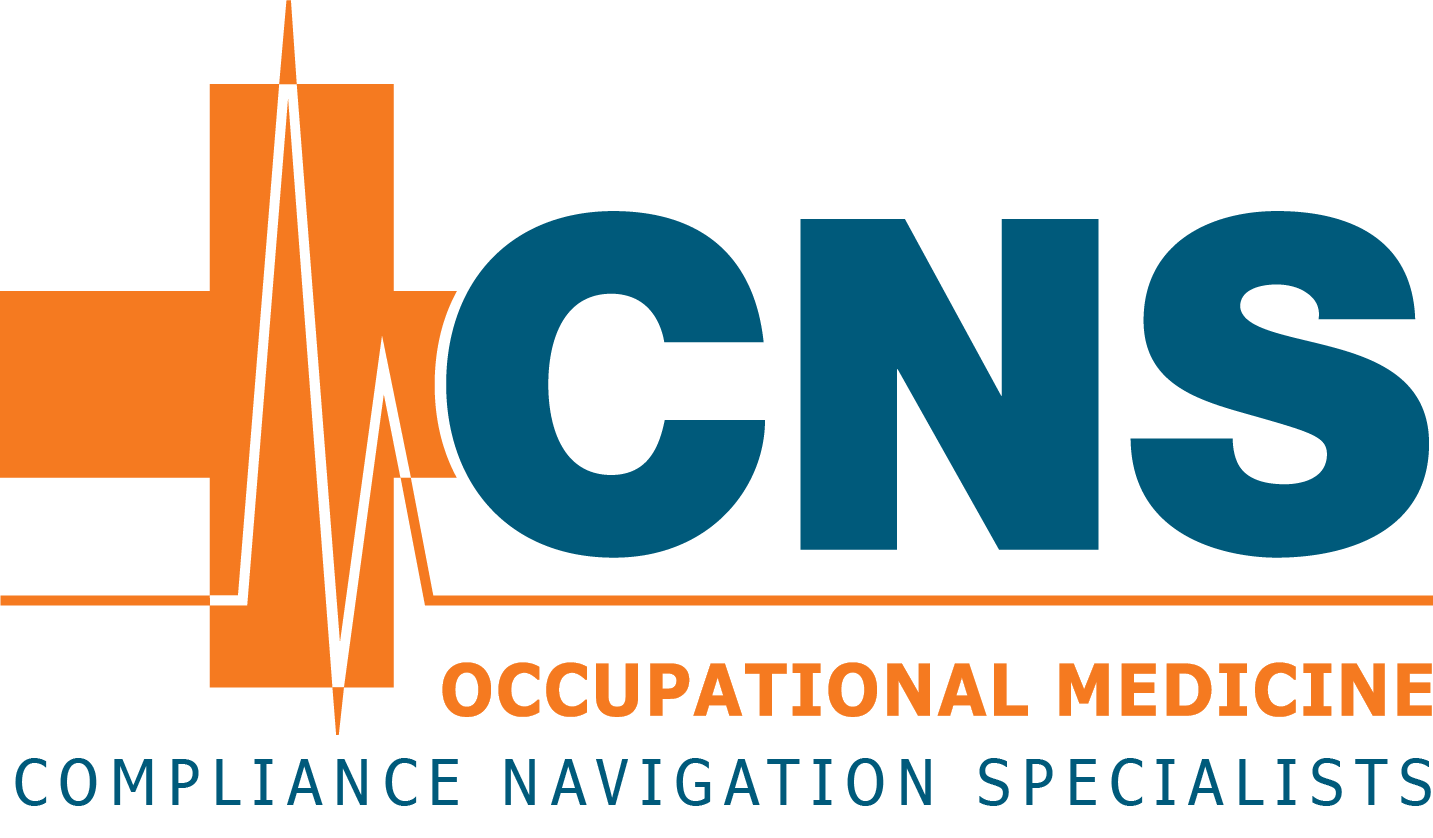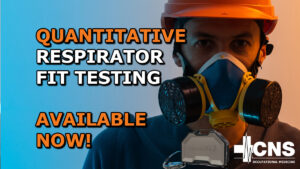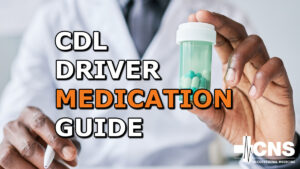Streamlining Your Injury Response Process for Safety, Compliance, and Cost Savings
Workplace injuries are a reality in nearly every industry, from transportation and logistics to warehousing, manufacturing, and construction.
While your goal is to create a safe working environment that prevents injuries, accidents can still happen. When they do, employers need to be prepared with a clear, efficient, and compliant injury response plan that prioritizes the employee’s well-being and reduces downtime, confusion, and legal risk.
Here’s a practical guide for employers on what to do when an employee gets injured at work, along with process examples, and transportation solutions.
Step 1: Have a Written Injury Response Policy
Every company should have a clearly written and communicated injury response policy. This ensures that supervisors, HR, and employees all know what steps to take when an injury occurs.
A basic policy should include:
- Who to notify first (e.g., On-Site supervisor, safety coordinator)
- Forms to complete
- How to report to HR and insurance
- Instructions for medical treatment and transportation
- Documentation procedures for compliance and insurance claims
Step 2: Immediate Incident Reporting
Each employer may have slightly different steps, but the initial reporting process typically looks like this:
- Employee reports the injury to their supervisor or safety adviser immediately.
- Example: A forklift driver strains his back while unloading cargo. He notifies his supervisor immediately.
- Supervisor helps the employee complete an injury report form.
- Forms should include what happened, time/date, witnesses, and injury details.
- Notify HR and Workers’ Compensation coordinator.
- HR logs the injury, begins a claim if needed, and ensures appropriate documentation is sent to the insurance provider.
Step 3: Direct the Employee to Medical Treatment
Employees should not delay getting treatment. Prompt evaluation supports better recovery and protects employers from liability.
However, transportation can be a logistical hurdle. Here are some safe and compliant options:
- Supervisor or coworker carpool: If the injury is minor and mobility is not impacted.
- Company vehicle: For injuries during a shift or if company policy restricts personal vehicle use.
- Third-party ride service (paid or reimbursed): Like Uber, Lyft, or local cab.
- Family member or personal driver: Coordinated by the employee, if approved.
Pro Tip: When working with CNS Occupational Medicine, we’ll cover a portion of transportation costs for partner employers to ensure injured workers can get timely care. This is especially helpful for smaller fleets or companies without an On-Site medical team.
Step 4: Work with Your Insurance Carrier
Most workers’ compensation insurance providers have a designated panel of approved healthcare providers.
Pennsylvania law allows employers to direct employees to a panel of healthcare providers for the first 90 days following a work-related injury, provided specific conditions are met. Employees retain the right to choose any provider from the panel and, after 90 days, may select any qualified provider for continued treatment.
The panel must include at least 6 healthcare providers with at least three being physicians. So, structuring your panel with preferred work comp savvy provider partnerships is key.
Employer’s are responsible for developing their panel. While many allow their carriers or TPA to provide one, the provider has the final say.
It’s critical that your business:
- Works with your carrier to include CNS Occupational Medicine on your panel.
- Notifies the carrier immediately after an incident.
- Provides documentation from the clinic to support the claim.
By doing this, you streamline the treatment-to-claim process, avoid delays in claim approvals, and improve outcomes for both the employee and employer.
Why Partner with CNS Occupational Medicine?
CNS OccMed provides comprehensive workplace injury care.
- Solely focused on Occupational Medicine
- Decreased wait times and OSHA recordable cases
- Increased communication, productivity, and customer service
- Offering employment related physicals: DOT, pre-placement non-DOT, return-to-work, Fitness for Duty, & all OSHA mandated exams or surveillance
- Online injury reporting tools (QR code, digital forms, Portal access)
- No obnoxious wait times or unnecessary recordables
By developing a standardized process, training your team, and partnering with CNS Occupational Medicine, you can ensure injured workers get the care they need quickly and safely, while protecting your business from unnecessary risk and expense.
If you’d like to schedule a meeting to add CNS OccMed to your workers’ comp panel or build a custom injury response process, contact us today to learn how we can support your team’s health and safety goals, contact us at 800.551.9816 or info@cnsoccmed.com.




